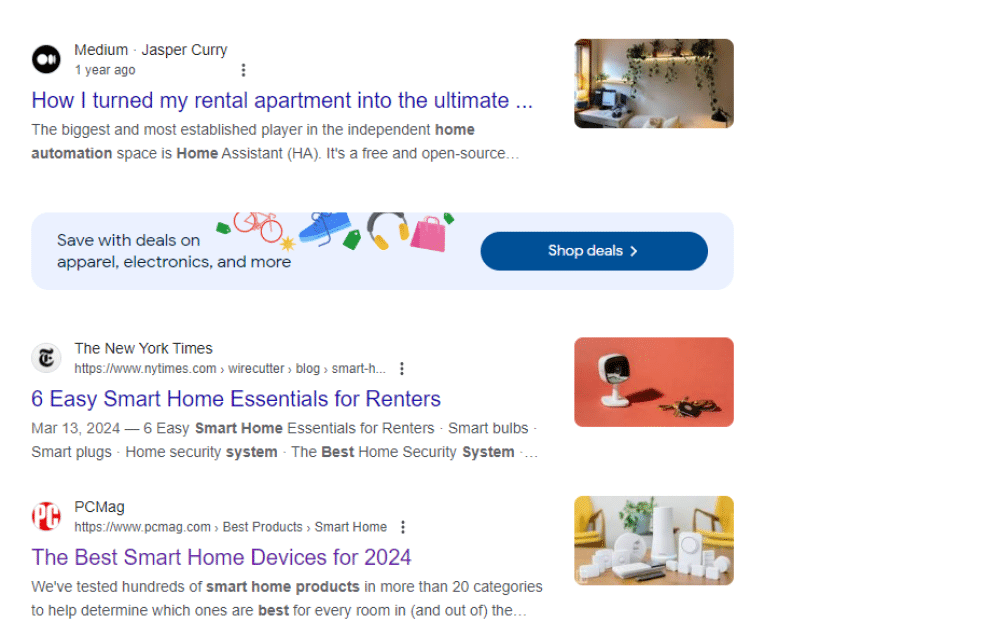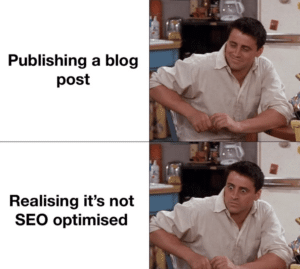
A Short Story About Long-Tail Keywords…and Why They’re Important
Search Engine Optimization (SEO) is a lot of fun…at least to me. It’s like solving a word puzzle using strategic thinking or, as I sometimes call it, “word chess.” While good content is engaging, digestible, and easy to understand, the SEO side of my brain also wants to ensure it answers specific questions and provides actionable value for its audience.
Long-tail keywords are the pawns in the game. Serving as the core of SEO strategy, they align content with specific user intent through combinations of words instead of one or two keywords to resonate with search queries.
Just how important are long-tail keywords? Search Engine Journal reports they account for nearly 92% of all search queries worldwide.
What are long-tail keywords exactly?
Think about searching for something on the Internet. You almost always use more than one or two words for any query. Long-tail keywords—phrases typically made from three to five words—aim to align content with these regular search habits and help answer specific questions people ask. These questions might surround your business and what you offer, so meeting searchers with the best and most up-to-date answer is a valuable brand leadership and conversion opportunity.
It might seem simple but look at the difference between basic and long-tail keywords: Basic keywords cater to a broader audience and deliver equally broad results.
Example:
Broad keyword search: “smart home”

Meanwhile, the long-tail keyword search delivers precision: “best smart home automation systems for apartments.” The results are far more specific in the second search because more information was provided in the original query.

When your prospective customers search for a new solution, you want yours to be front and center. Identifying long-tail keywords needs to be part of your SEO strategy to capture the market share you want.
How to identify them:
Research! Start by sitting down and thinking of questions people might have about your business – what services you offer, how you are solving consumers’ unique pain points, where you are located, etc.
While I hate to say, “Google It,” really – it’s a solid place to start. Google the questions you think consumers are asking connected to your services and, more specifically, search your services AND your business name. See which other companies rank organically on the Search Engine Results Page (SERP). You can also use answerthepublic.com, a free site where you can enter basic keywords to find out what questions surround them.
While there is no set number of long-tail keywords you should aim to include, it is best to start by casting a wide net and reeling in as you continue to refine the questions consumers are asking about your business and services.
Mixing widely-search terms and long-tail keywords is the best approach for your page to make moves up the rankings. Thought leadership, content relevance, and user experience are the top factors for ranking on page one of the Google SERP. If you want to snag those top spots, mix broad keywords directly related to your market with how your consumers identify themselves.
Example:
Broad Match Keyword: “data storage”
Customer Defining Keyphrase: “Data storage security enthusiasts”
How to Use Them in Assessing and Improving Site Performance:
Once you have a list of long-tail keywords related to your business, it’s time to figure out where to put them on your site. Start with your homepage – does it answer people’s most-searched questions about your business or services? If not, think about reframing the content or adding additional content to make it happen.
Each page should have a specific title tag and meta description, as Google crawls those alongside your front-facing content to better understand your website’s unique value.

Long-tail keywords are the puzzle pieces that will ultimately form the bigger picture of who you are and how you connect to the right audiences. By doing some simple legwork and figuring out what questions customers, both new and old, are asking, you can create a better conversation that ultimately leads to higher conversion rates.
Or just ask us for help.
See How to Get Started with Your Own Cross Platform Keyword Strategy>
